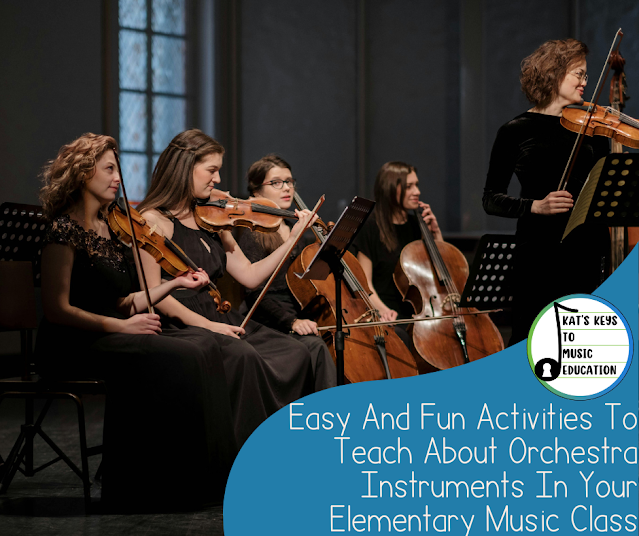This summer
I had the opportunity to take Kodaly Level One through my local university. I
had taken Orff Level One last summer (read about my experiences in my blog post here) as the start of my post baccalaureate diploma, and I had originally
intended this Kodaly course to be my last course. I still have a couple classes
to finish up this fall, but I thought I would share my reflections on Kodaly
Level One to help anyone who may be interested in taking the course.
As I shared
in my Orff post, my university education was based entirely on instrumental
middle and senior years teaching, so I had little experience in elementary pedagogy
despite teaching elementary music in every job of my teaching career so far! I
enjoyed Orff so much that I thought Kodaly would be another great step to fill
out that missing educational background.
A
walkthrough of my days:
I found it
interesting that I had heard many people say Kodaly Level One was more intense
than Orff Level One, as I didn’t find this to be the case at all. Maybe the one
point where this was the case was the scheduling – Kodaly has a higher hour
requirement than Orff, so we had to do a few hours of before course
assignments, stay late one evening to create materials to take back to our
classrooms, and our lunch was only one hour every day instead of our two hour lunch
we had during Orff (although there were no assessments to be done during that lunch
period). Our morning started with a short session with the level 2 students,
before breaking off into our main Pedagogy and Materials class for the rest of the
morning. After lunch we attended Musicianship, Conducting, and Ensemble classes
to round out the afternoon.
My
biggest takeaways:
I will say
overall I felt this course will change my teaching much less than taking Orff
did (more on this later), but one big takeaway I did have is that it’s okay for
kids to do songs without understanding all the concepts in a song. The Prepare –
Present – Practice model of Kodaly teaching has made me think about spending
much more time in the prepare stage and then bringing back those songs later in
the practice stage once the concept has been named. Kids love coming back to
old songs and I think this really plays into the natural way children learn as
well as being an educational experience for them.
Would I
recommend this course to someone?
If you are
in a similar situation to me where you are teaching elementary music without a
formal education in elementary pedagogy, I think this course can be a great
tool in the toolkit, although I would recommend Orff over Kodaly (again, more
on that later)
What
would I say to someone else before they take this course?
It’s funny
looking back on my reflections on Orff Level One, because my recommendations
would be exactly the same as I made for that course!
3. There is
a good amount of partner and group work, so spend the first couple days getting
to know people and finding people who’s teaching style will mesh with yours for
group projects
2. Brush up
on your singing skills as much as possible before coming in – solfege in all
forms, singing the different pentatonic scales, Curwen hand signs, sight
singing, etc. As someone who comes from an instrumental background my singing
is a weak spot, and Musicianship was definitely the hardest part of this course
for that reason! You may also want to practice finding different pitches
starting with an A from a tuning fork, which is a weird “Kodaly-ism” that I had
never experienced before but was very pervasive throughout the two weeks.
1. If possible,
take this course after having already taught for a few years. It provides so
much more context and makes the abstract more concrete. You’ll also be able to more
easily move from the somewhat contrived and “fake” teaching of your adult
musician peers in Kodaly class to teaching the same concepts in an actual
classroom.
Orff vs
Kodaly – which one to do?
I’ll start
off by saying I think this is something that will differ from teacher to
teacher and everyone’s natural teaching style will fall somewhere different. It’s
also not a spectrum with Orff and Kodaly and opposite ends – most people who
take both then use aspects of both in a blended way! However, I would say I
felt taking Orff Level One changed my teaching much more and was much more
helpful to me as an elementary music educator. Kodaly was too narrowly focused
on singing for my teaching style, where Orff’s larger approach with instruments
and movement being more central fits what I like to do in my classroom better. Also,
despite Orff being a whole lot more work, it was a whole lot more fun to take as
a student! Overall, I am happy I was able to take it as part of my post bacc studies,
but I probably would have been disappointed if I was just taking it as PD on
its own.





.png)

